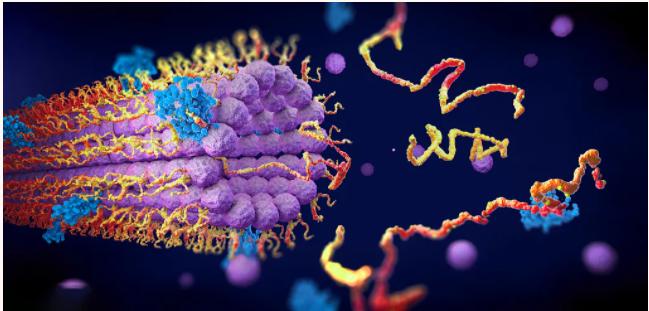
Main contents of the project
Key words: enzyme oxygen scouring and bleaching; Short process; Integration technology
The traditional pretreatment of cotton knitted fabric has the disadvantages of great damage to the fabric, high energy consumption and large wastewater discharge. This project has developed the clean printing and dyeing production technology of biological enzyme cold pad batch in cotton knitting . In the process, biological enzyme, atmospheric pressure and low temperature plasma and other ecological dyeing and finishing technologies are used to replace the heavy pollution process of high temperature, strong alkali and multi surfactant; On the equipment, the short process flat width continuous production mode of cold pad batch is adopted to replace the intermittent rope production mode.
Main technical contents
(1) Biological enzyme technology for continuous dyeing and finishing of cotton knitted fabrics.
(2) Plasma pretreatment technology for cotton fabric dyeing and finishing.
(3) Enzyme oxygen scouring and bleaching process
(4) Energy saving short process flat width continuous dyeing and finishing production line for pretreatment of cotton knitting
(5) Plasma / biological enzyme / cold rolling pile integration technology.
The research on production application shows that compared with the current conventional production technology, this technology saves water by more than 25% and steam by more than 20%; The consumption of dyes is reduced by 5-10%, and the consumption of chemical additives is reduced by more than 25%; The production efficiency is increased by more than 20%, the comprehensive cost is reduced, and the economic benefit is remarkable. At the same time, the discharge of waste water per production unit is reduced by 25% and the total discharge of COD is reduced by 25%.

